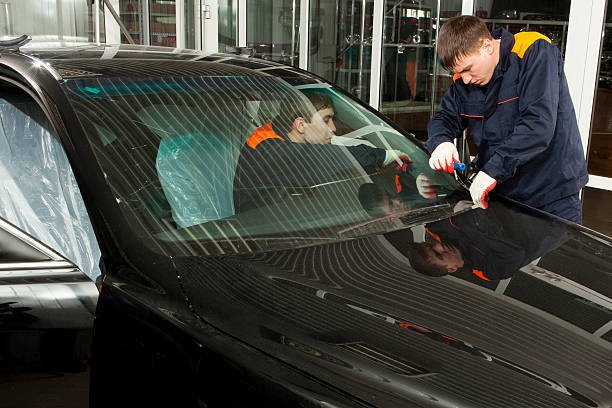Understanding Auto Glass Safety Standards: What Every Car Owner Needs to Know
Auto glass is not just a piece of your car that keeps bugs out of your face while you drive. It's a critical component of your vehicle's safety system, protecting you in case of an accident and enhancing the structural integrity of your car. However, not all auto glass is created equal, and understanding the safety standards that govern it can help you make informed decisions about the care and maintenance of your vehicle's windows and windshields. This article will explore the ins and outs of auto glass safety standards, helping every car owner understand what to look for and expect when it comes to vehicle safety.
What Are Auto Glass Safety Standards?
Auto glass safety standards are guidelines and legal requirements set to ensure the quality, durability, and safety of automotive glass. These standards are designed to protect passengers in the event of a collision, prevent ejections, and even support the roof in rollover accidents. They cover various aspects of auto glass, including the windshield, side windows, rear windows, and sunroofs.
Why Are These Standards Important?
Safety standards for auto glass are crucial for several reasons:
Protection in Accidents: In collisions, the windshield acts as a barrier that helps maintain the vehicle's cabin structure and protects passengers from being ejected.
Support for Airbag Deployment: Windshields and side windows play a critical role in the proper deployment of airbags. A well-installed and intact windshield will support the airbag on the passenger side to deploy upwards and cushion the passenger.
Visibility: Clear, undamaged auto glass is vital for providing good visibility. Standards ensure that the glass remains clear under various conditions and doesn’t easily distort a driver’s view.
Key Standards Explained
ANSI Z26.1
The American National Standards Institute (ANSI) Z26.1 is a critical standard that specifies the requirements for safety glazing materials in motor vehicles. This includes aspects like light transmission, resistance to impact, weathering, and the ability to withstand temperature changes. For example, windshields must be made of laminated glass, which holds together when shattered, preventing sharp pieces from causing injury.
Federal Motor Vehicle Safety Standard (FMVSS) 205
This standard governs the penetration resistance, impact, and weathering of all automotive glass. FMVSS 205 ensures that glass used in vehicles will not shatter into large, sharp pieces that can injure passengers during a crash. It also regulates the optical clarity and quality to ensure that visibility is not compromised.
Federal Motor Vehicle Safety Standard (FMVSS) 212
FMVSS 212 specifically relates to windshield mounting. This standard is crucial for ensuring that windshields stay in place during accidents, particularly in frontal collisions where the risk of ejection is higher. The windshield’s ability to remain intact and in place can be lifesaving.

The Role of Laminated and Tempered Glass
Most modern vehicles use two primary types of safety glass: laminated and tempered. Each type has specific properties and uses within the vehicle:
Laminated Glass: Used primarily for windshields, laminated glass is created by bonding two layers of glass with a layer of polyvinyl butyral (PVB). This layer keeps the glass from shattering into large, dangerous pieces on impact, significantly enhancing passenger safety during accidents. This is why it's crucial to know how to protect your windshield from potential damage.
Tempered Glass: Found inside and rear windows, tempered glass is treated with heat or chemicals to increase its strength. Upon
impact, it shatters into small, pebble-like pieces without sharp edges, reducing the risk of injury.
Choosing the Right Auto Glass Service
When it comes to repairing or replacing your auto glass, choosing the right service is paramount. Here are some tips:
Look for Certification: Ensure that the service center is certified and follows the standards set by organizations like the Auto Glass Safety Council.
Quality of Materials: Always inquire about the type of glass used. For a deeper understanding of sustainability, consider exploring the environmental impact of auto glass repair. OEM (original equipment manufacturer) glass is generally preferred for best results.
Installation Process: A proper installation is just as important as the quality of the glass. Incorrect installation can lead to leaks, noise, and even safety risks.
Understanding the safety standards for auto glass can significantly impact your safety and that of your passengers. By ensuring that your vehicle’s glass meets or exceeds these standards, you not only comply with legal requirements but also contribute to the overall safety and integrity of your vehicle. Always prioritize quality and professionalism when dealing with auto glass repairs or replacements, as the right decisions can make all the difference in safety and performance.
Huntington Beach Mobile Auto Glass
Website: https://www.huntingtonbeachmobileautoglass.com/
Phone No: +1 (714) 406-2771
Working Hours: Monday to Sunday, 7 AM – 9 PM